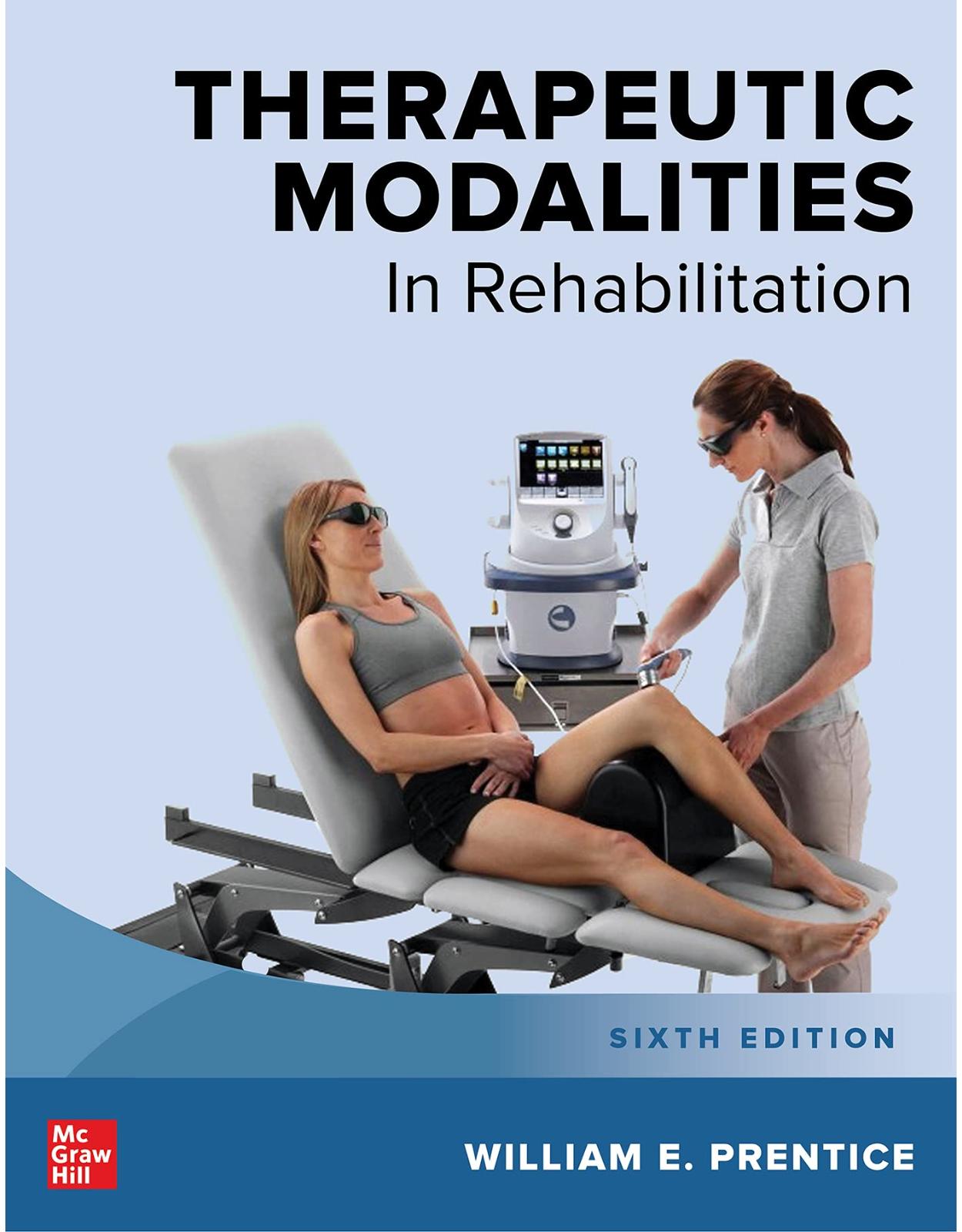
Therapeutic Modalities in Rehabilitation, Sixth Edition
Livrare gratis la comenzi peste 500 RON. Pentru celelalte comenzi livrarea este 20 RON.
Disponibilitate: La comanda in aproximativ 4 saptamani
Autor: William Prentice
Editura: McGraw-Hill
Limba: Engleza
Nr. pagini: 720
Coperta: Hardcover
Dimensiuni:
An aparitie: 20 Sept. 2021
Description:
The most comprehensive textbook available on therapeutic modalities in rehabilitation—enhanced by a full-color presentation and numerous case studies This practically oriented guide presents the basic science and current best available evidence for each type of therapeutic modality used in physical rehabilitation. Here, clinicians will find the information needed to determine which modality will be most effective in a given situation to achieve optimal patient outcomes. Each chapter examines the physiologic basis for use, clinical applications, specific techniques of application through the use of related laboratory activities, and relevant individual case studies for each therapeutic modality. Therapeutic Modalities in Rehabilitation, Sixth Edition is divided into six parts: Part 1: Foundations of Therapeutic Modalities examines the scientific basis for using therapeutic modalities, classifies the modalities according to the type of energy each uses, and includes guidelines for selecting the most appropriate modalities for managing pain and for use in different phases of the healing process. Part II: Electrical Energy Modalities discusses the principles of electricity, components of electrical and electrotherapeutic currents, treatment parameters, physiological responses to electrical current, iontophoresis, and biofeedback. Part III: Thermal Energy Modalities focuses on modalities which produce a change in tissue temperatures through conduction and convection including thermotherapy and cryotherapy. Part IV: Sound Energy Modalities covers modalities that utilize acoustic energy to produce a therapeutic effect, including therapeutic ultrasound and extracorporeal shockwave therapy. Biologic effects and clinical applications are also discussed. Part V: Electromagnetic Energy Modalities examines diathermy, as well as photobiomodulation (light therapy) treatment techniques and protocols. Part VI: Mechanical Energy Modalities includes chapters on traction, intermittent pneumatic compression, therapeutic massage and vibration. Presented in full color, the text is enhanced by valuable learning aids, including chapter objectives and summaries, figures and tables, clinical decision-making exercises, review questions, instructional videos, a glossary of key terms in each chapter, up-to-date references, case studies, lab activities, and appendices.
Table of Contents:
Part One Foundations of Therapeutic Modalities
1. The Basic Science of Therapeutic Modalities
Basic Science
Forms of Energy
Electromagnetic Energy
The Relationship Between Wavelength and Frequency
The Electromagnetic Energy Spectrum
How Is Electromagnetic Energy Produced?
Effects of Electromagnetic Radiations
Laws Governing the Effects of Electromagnetic Energy
Electromagnetic Energy Modalities
Thermal Energy
Thermal Energy Modalities
Electrical Energy
Electrical Energy Modalities
Sound Energy
Sound Energy Modalities
Mechanical Energy
Mechanical Energy Modalities
The Importance of Incorporating The Best Available Evidence Into Decisions About The Use of Therapeutic Modalities
Applying the Best Available Evidence in Making Clinical Decisions
Assessing the Patient Outcomes of a Treatment
Legal Concerns When Using Therapeutic Modalities
Summary
2. Using Therapeutic Modalities to Affect the Healing Process
How Should the Clinician Use Therapeutic Modalities in Rehabilitation?
The Importance of Understanding The Healing Process
Inflammatory-Response Phase
Fibroblastic-Repair Phase
Maturation-Remodeling Phase
Factors That Impede Healing
How Should Therapeutic Modalities Be Used Throughout The Rehabilitation Process?
Using Modalities in the Immediate First Aid Management of Injury
Modality Use in the Inflammatory-Response Phase
Modality Use in the Fibroblastic-Repair Phase
Modality Use in the Maturation-Remodeling Phase
Other Considerations In Treating Injury
Summary
3. The Role of Therapeutic Modalities in Wound Healing
Introduction
Thermal Agents
Hydrotherapy
Electrical Stimulation
Ultrasound
Photobiomodulation
Ultraviolet Light
Pneumatic Compression Therapy
Review of Clinical Research Evidence
Choosing the Best Modality for the Treatment of Delayed or Nonhealing Wounds
Contraindications
Summary
4. Managing Pain With Therapeutic Modalities
Understanding Pain
Why Does Classification Matter?
The Pain Experience
Pain Terminology
Pain Assessment
Pain Assessment Scales
Documentation
Goals In Managing Pain
Nociceptive Pain
Sensory Receptors
Neural Transmission
Facilitators and Inhibitors of Synaptic Transmission
Nociception
Neurophysiologic Explanations of Pain Control
The Gate Control Theory of Pain
Descending Pain Control
β-Endorphin and Dynorphin in Pain Control
Central Mechanisms
Summary of Pain Control Mechanisms
Pain Management
Nontraumatic and Persisting Pain
Summary
Part Two Electrical Energy Modalities
5. Basic Principles of Electricity and Electrical Stimulating Currents
Components of Electrical Currents
Electrotherapeutic Currents
Devices That Generate Electrotherapeutic Currents
Electrical Circuits
Series and Parallel Circuits
Current Flow through Biologic Tissues
Choosing Appropriate Treatment Parameters
Waveforms
Current Modulation
Frequency
Intensity
Duration
Polarity
Electrode Setup
Physiologic Responses to Electrical Current
Direct and Indirect Physiologic Effects
Nerve Responses to Electrical Currents
Muscular Responses to Electrical Current
Biostimulative Effects of Electrical Current on Nonexcitatory Cells
Clinical Uses of Electrical Stimulating Currents
Therapeutic Uses for Electrical Stimulation of Motor Nerves
Therapeutic Uses of Electrical Stimulation of Sensory Nerves
Clinically Used Electrical Stimulating Currents
High Voltage Pulsed Current (HVPC)
Transcutaneous Electrical Nerve Stimulation (TENS)
Microcurrent
Russian Currents (Medium-Frequency Biphasic Current Generators)
Interferential Currents
Premodulated Interferential Current
Continuous Direct Current (CDC)
H-Wave Stimulation
Deep Oscillation Therapy (Hivamat)
Bone Growth Stimulators
Functional Electrical Stimulation
Clinical Uses of FES
Transcranial Electrical Stimulation
Placebo Effect of Electrical Stimulation
What Does the Most Recent Best-Available Evidence Say About the Effectiveness of Electrical Stimulating Currents as a Clinical Treatment Modality?
Safety in the Use of Electrical Equipment
Summary
6. Iontophoresis
Iontophoresis Versus Phonophoresis
Basic Mechanisms of Ion Transfer
Pharmacokinetics of Iontophoresis
Movement of Ions in Solution
Movement of Ions Through Tissue
Iontophoresis Equipment and Treatment Techniques
Type of Current Required
Iontophoresis Generators
Current Intensity
Treatment Duration
Dosage of Medication
Electrodes
Selecting the Appropriate Ion
Clinical Applications for Iontophoresis
Treatment Indications and Contraindications
Sensitivity Reactions to Ions
Treatment of Chemical Burns
What Does the Most Recent Best-Available Evidence Say About the Effectiveness of Iontophoresis as a Clinical Treatment Modality?
Summary
7. Biofeedback
Motor Control and Feedback
The Role of Biofeedback
Biofeedback Instrumentation
Peripheral Skin Temperature
Finger Phototransmission
Skin Conductance Activity
Real-Time Ultrasound
Electromyographic Biofeedback
Motor Unit Recruitment
Measuring Electrical Activity
Separation and Amplification of Electromyographic Activity
Converting Electromyographic Activity to Meaningful Information
Processing the Electromyographic Signal
Biofeedback Equipment and Treatment Techniques
Electrodes
Displaying the Information
Wearable Biofeedback Devices
Clinical Applications for Biofeedback
Muscle Reeducation
Relaxation of Muscle Guarding
Pain Reduction
Treating Neurologic Conditions
What does the Most Recent Best-Available Evidence Say About the Effectiveness of Biofeedback as a Clinical Treatment Modality?
Summary
8. Principles of Electrophysiologic Evaluation and Testing
Introduction
Electrophysiologic Testing Equipment and Setup
Electrodes
Amplifier
Visual Feedback (Oscilloscope)
Auditory Feedback (Speakers)
Testing Units
Eliciting an Action Potential
Generating a Record
Evaluation of the Peripheral Nervous System
Anatomy of the Spinal Nerve and Neuromuscular Junction
Sensory Receptor and Size of the Axon
Synapse
Alpha Motor Neuron
Neuromuscular Junction
Muscle Fiber
The Elements of the Spinal Nerve
Testing Procedures
Limb Temperature and Age Considerations
Nerve Conduction Study
Sensory Nerve Studies
Other Variations to Sensory Nerve Studies
Motor Nerve Studies
Other Motor Nerve Conduction Procedures
An Example of One Upper Quarter Examination Using Sensory and Motor Nerve Conduction Procedures
The Electromyographic Examination
Clinical EMG Procedures
Insertion
Sensitivity and Specificity of the NCS/EMG Examination
Limitations Associated with the NCS/EMG Process
Somatosensory Evoked Potentials
Electrophysiological Testing Complemented by the Addition of Neuromuscular Ultrasound
Electrophysiologic Testing Within the Operating Room
Other Electrophysiologic Testing Procedures
Requesting NCS/EMG Examinations
Conclusion
Summary
Part Three Thermal Energy Modalities
9. Cryotherapy and Thermotherapy
Mechanisms of Thermal Energy Transfer
Appropriate Use of Cryotherapy and Thermotherapy Modalities
Clinical Use of the Thermal Energy Modalities
Effects of Tissue Temperature Change on Circulation
Effects of Tissue Temperature Change on Muscle Spasm
Effects of Temperature Change on Performance
Cryotherapy
Physiologic Effects of Tissue Cooling
Cryotherapy Treatment Techniques
Thermotherapy
Physiologic Effects of Tissue Heating
Thermotherapy Treatment Techniques
Counterirritants
What does the Most Recent Best-Available Evidence Say About the Effectiveness of Cryotherapy and Thermotherapy as Clinical Treatment Modalities?
Summary
Part Four Sound Energy Modalities
10. Therapeutic Ultrasound
Ultrasound as a Heating Modality
Transmission of Acoustic Energy in Biologic Tissues
Transverse versus Longitudinal Waves
Frequency of Wave Transmission
Velocity
Attenuation
Basic Physics of Therapeutic Ultrasound
Components of a Therapeutic Ultrasound Generator
Transducer
Effective Radiating Area
Frequency of Therapeutic Ultrasound
The Ultrasound Beam
Amplitude, Power, and Intensity
Pulsed versus Continuous Wave Ultrasound
Physiologic Effects of Ultrasound
Thermal Effects
Nonthermal Effects
Ultrasound Treatment Techniques
Frequency of Treatment
Duration of Treatment
Coupling Methods
Moving the Transducer
Recording Ultrasound Treatments
Clinical Applications for Therapeutic Ultrasound
Soft Tissue Healing and Repair
Scar Tissue and Joint Contracture
Stretching of Connective Tissue
Chronic Inflammation
Bone Healing
Ultrasound over Epiphyseal Plates
Ultrasonic Bone Growth Stimulators
Absorption of Calcium Deposits
Ultrasound in Assessing Stress Fractures
Pain Reduction
Plantar Warts
Placebo Effects
Portable Ultrasound Devices
Phonophoresis
Using Ultrasound in Combination with Other Modalities
Ultrasound and Hot Packs
Ultrasound and Cold Packs
Ultrasound and Electrical Stimulation
What does the Most Recent Best-Available Evidence Say About the Effectiveness of Therapeutic Ultrasound as a Clinical Treatment Modality?
Treatment Precautions
Guidelines for the Safe Use of Ultrasound Equipment
Summary
11. Extracorporeal Shock Wave Therapy
Shock Wave Generation
Focused ESWT (f-ESWT)
Radial ESWT (r-ESWT)
Physical Parameters of Shock Waves
Biologic Effects
Bone
Tendon
Clinical Applications
Dosing and Anesthesia Parameters
Bone Healing
Lower Extremity Tendinopathy
Medial Tibial Stress Syndrome
Plantar Fasciitis
Medial–Lateral Epicondylopathy
Rotator Cuff Tendinopathy
What does the Most Recent Best-Available Evidence Say about the Effectiveness of Extracorporeal Shock Wave Therapy as a Clinical Treatment Modality?
Summary
Part Five Electromagnetic Energy Modalities
12. Shortwave and Microwave Diathermy
Shortwave Diathermy Equipment
Shortwave Diathermy Electrodes
Pulsed Shortwave Diathermy (PSWD)
Treatment Time
Treatment Area
Clinical Applications and Physiologic Responses to Diathermy
Thermal Effects
Nonthermal Effects
Comparing Shortwave Diathermy and Ultrasound as Thermal Modalities
Microwave Diathermy
Diathermy Treatment Precautions, Indications, and Contraindications
What does the Most Recent Best-Available Evidence Say About the Effectiveness of Shortwave Diathermy as a Clinical Treatment Modality?
Summary
13. Photobiomodulation Therapy
Physics of Lasers
Types of Lasers
Laser Treatment Techniques
Lasing Techniques
Parameters
Depth of Penetration
Clinical Applications for Low-Level Laser Therapy
Wound Healing Applications
Tensile Strength
Immunologic Responses
Inflammation
Scar Tissue
Orthopedic Applications
Tensile Strength
Inflammation
Pain Applications
Nerve Applications
Enhanced Muscular Performance and Recovery
Bone Response
Suggested Treatment Protocols
Wound Healing
Scar Tissue
Edema and Inflammation
Pain
Enhancement of Muscle Performance and Recovery
Clinical Applications for High-Intensity Laser Therapy
Treatment Protocols
Laser Safety
Indications, Contraindications, and Precautions
Light Emitting Diodes (LEDs)
LED Treatment Parameters
LED Clinical Applications
Comparing LED and Lasers
What does the Most Recent Best-Available Evidence Say About the Effectiveness of Laser and LED as Clinical Treatment Modalities?
Conclusion
Summary
Part Six Mechanical Energy Modalities
14. Spinal Traction
The Physical Effects of Traction
Effects on Spinal Movement
Effects on Bone
Effects on Ligaments
Effects on the Disk
Effects on Articular Facet Joints
Effects on the Muscular System
Effects on the Nerves
Effects on the Entire Body Part
Traction Treatment Techniques
Lumbar Positional Traction
Inversion Traction
Manual Lumbar Traction
Mechanical Lumbar Traction
Manual Cervical Traction
Mechanical Cervical Traction
Indications and Contraindications
What does the Most Recent Best-Available Evidence Say about The Effectiveness of Traction as a Clinical Technique?
Summary
15. Intermittent Pneumatic Compression Devices
The Lymphatic System
Purposes of the Lymphatic System
Structure of the Lymphatic System
Peripheral Lymphatic Structure and Function
Injury Edema
Formation of Pitting Edema
Formation of Lymphedema
The Negative Effects of Edema Accumulation
Treatment of Edema
Intermittent Pneumatic Compression Treatment Techniques
Inflation Pressures
On–Off Sequence
Total Treatment Time
Sequential Compression Pumps
Patient Setup and Instructions
Cold And Compression Combination
Indications and Contraindications for Use
Blood Flow Restriction (BFR) Training
Recovery Boots
What Does The Most Recent Best-Available Evidence Say About The Effectiveness of Intermittent Pneumatic Compression as a Clinical Treatment Modality?
Summary
16. Therapeutic Massage and Soft Tissue Mobilization
Physiologic Effects of Massage
Reflexive Effects
Mechanical Effects
Psychological Effects of Massage
Massage Treatment Considerations and Guidelines
Equipment
Classic Massage Treatment Techniques
Swedish Massage (Hoffa Massage)
Soft Tissue Mobilization Techniques
Cyriax Deep Transverse Friction Massage
Connective Tissue Massage
Trigger Point Massage
Myofascial Release
Strain–Counterstrain
Positional Release Therapy
Active Release Technique®
Graston Technique®
Rolfing
Trager
Cupping Therapy
Percussive Massage
Indications and Contraindications for Massage
What Does the Most Recent Best-Available Evidence Say About the Effectiveness of Various Massage Techniques as Clinical Treatment Modalities?
Summary
17. Vibration Therapy
Somatosensory Function
Effects of Vibration on Proprioception and Kinesthesia
Effects of Vibration on Balance
Effects of Vibration on Reflexive Neuromuscular Control
Effects of Vibration on Gait Biomechanics
Biological Effects
Muscle Function
Bone Health
Cartilage Health
Patient Self-Report and Functional Outcomes
Clinical Recommendations
Indications, Contraindications, and Precautions
What Does the Most Recent Best-Available Evidence Say about the Effectiveness of Vibration Therapy as a Clinical Treatment Modality?
Summary
Appendix A Location of Motor Points
Appendix B Units of Measure
Answers to Self-Test Questions
Index
| An aparitie | 20 Sept. 2021 |
| Autor | William Prentice |
| Editura | McGraw-Hill |
| Format | Hardcover |
| ISBN | 9781264264551 |
| Limba | Engleza |
| Nr pag | 720 |
-
47800 lei 44400 lei

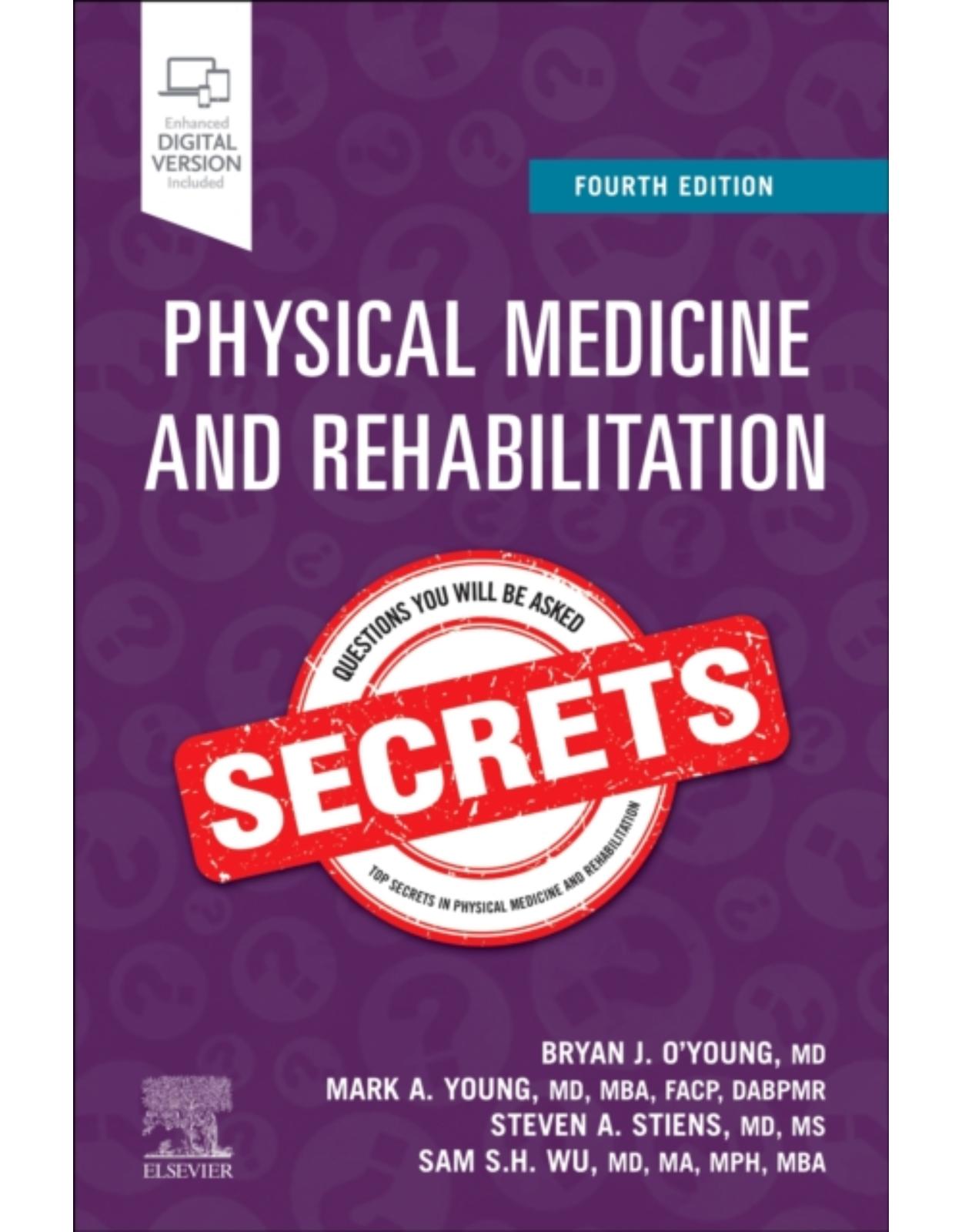
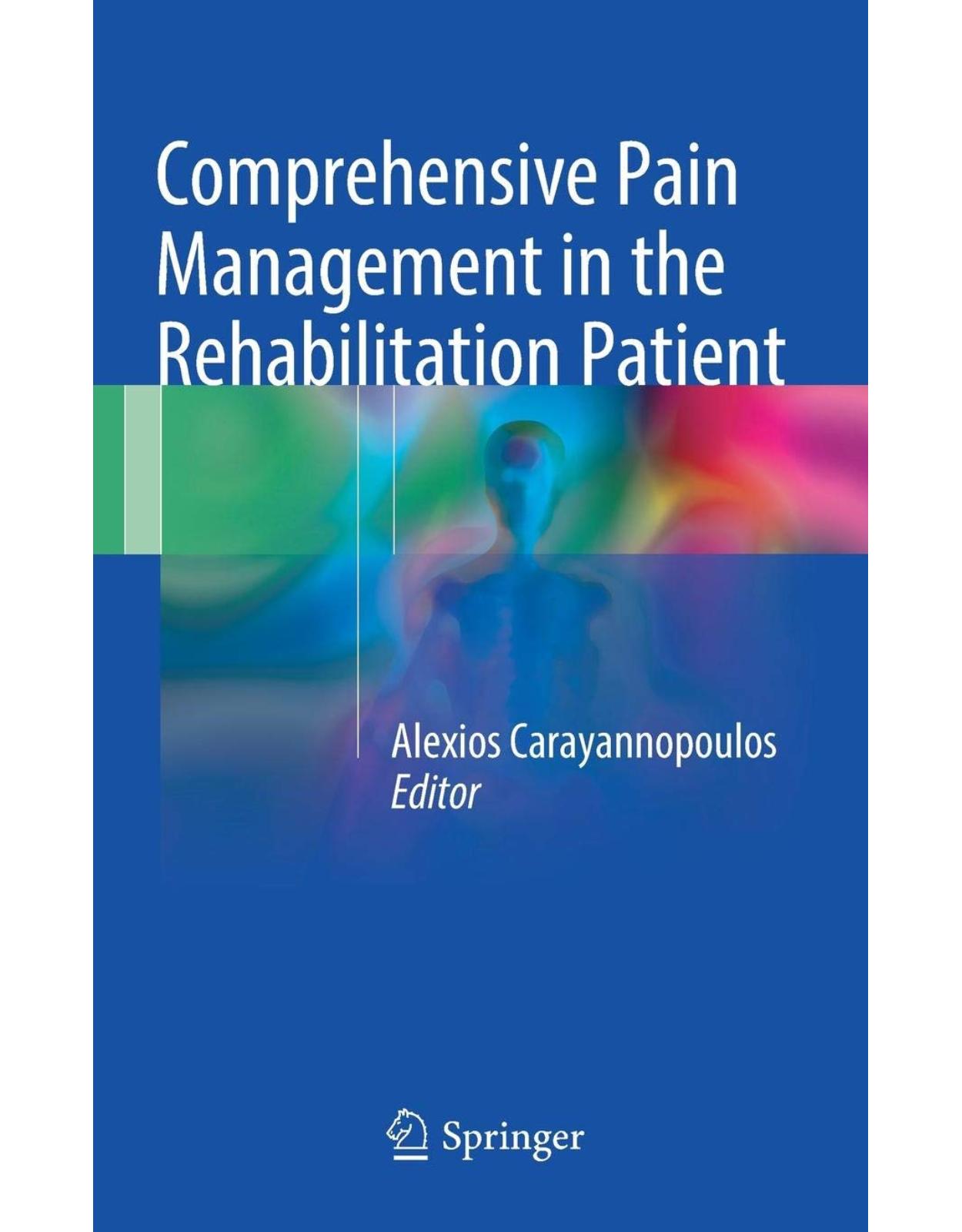
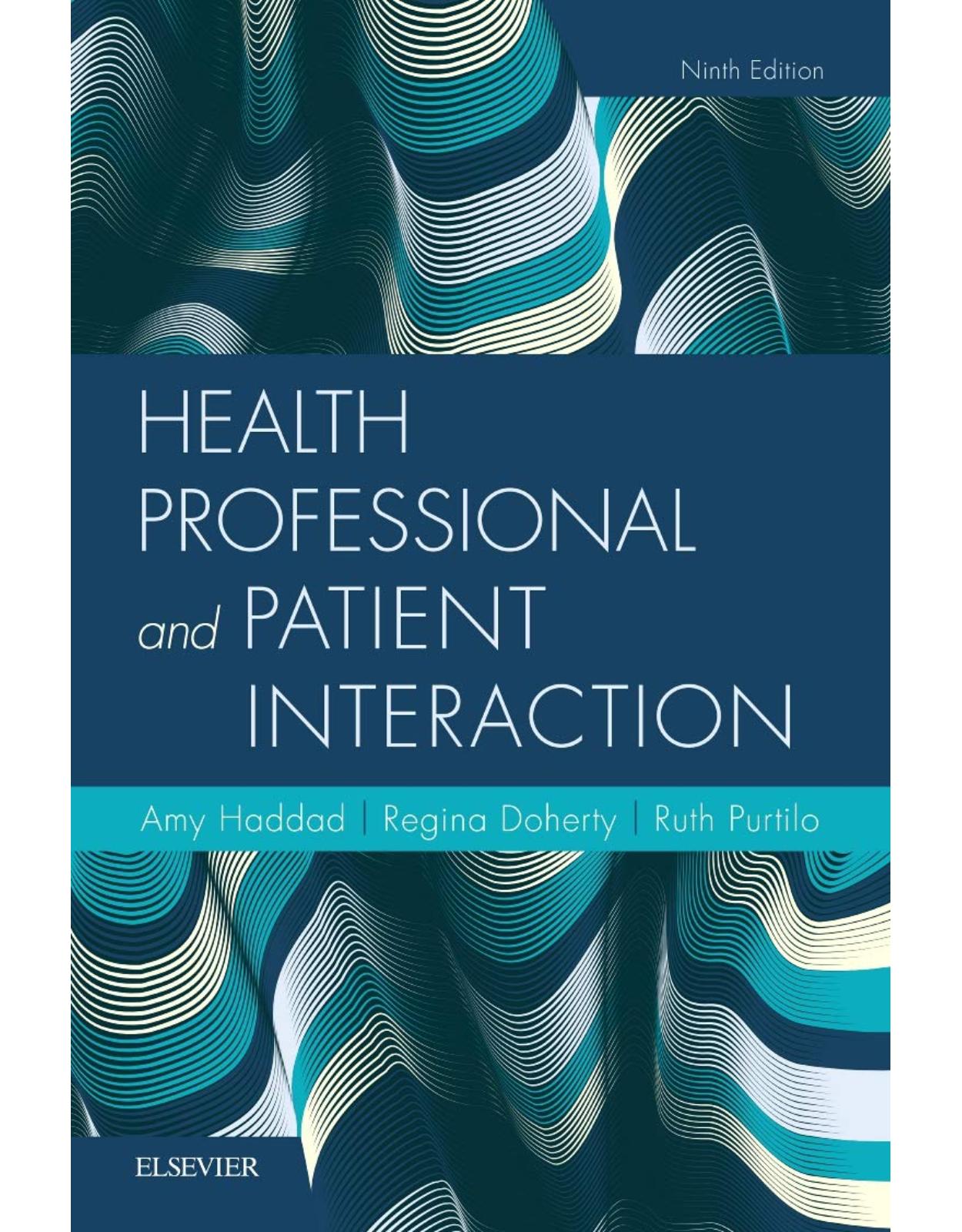
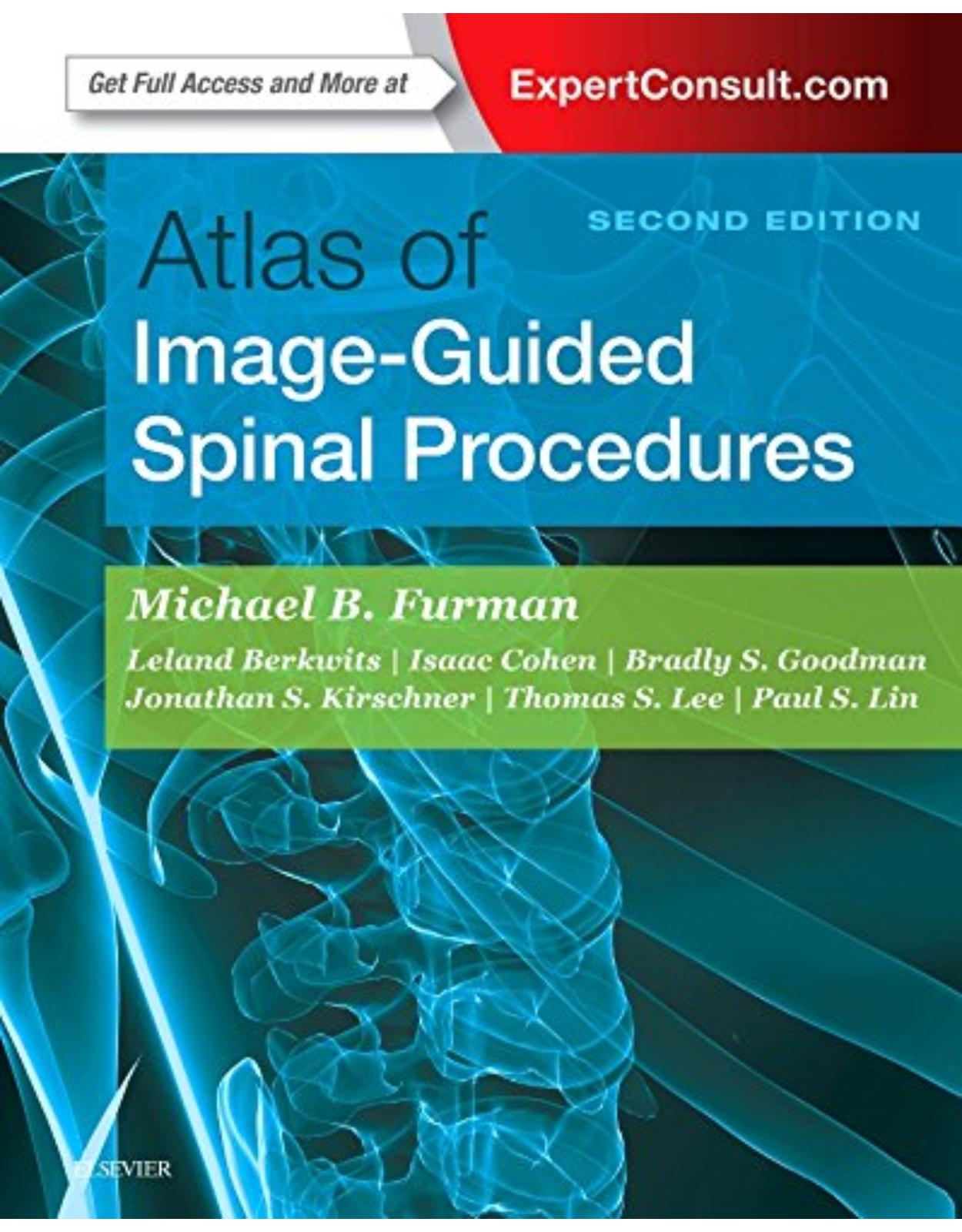
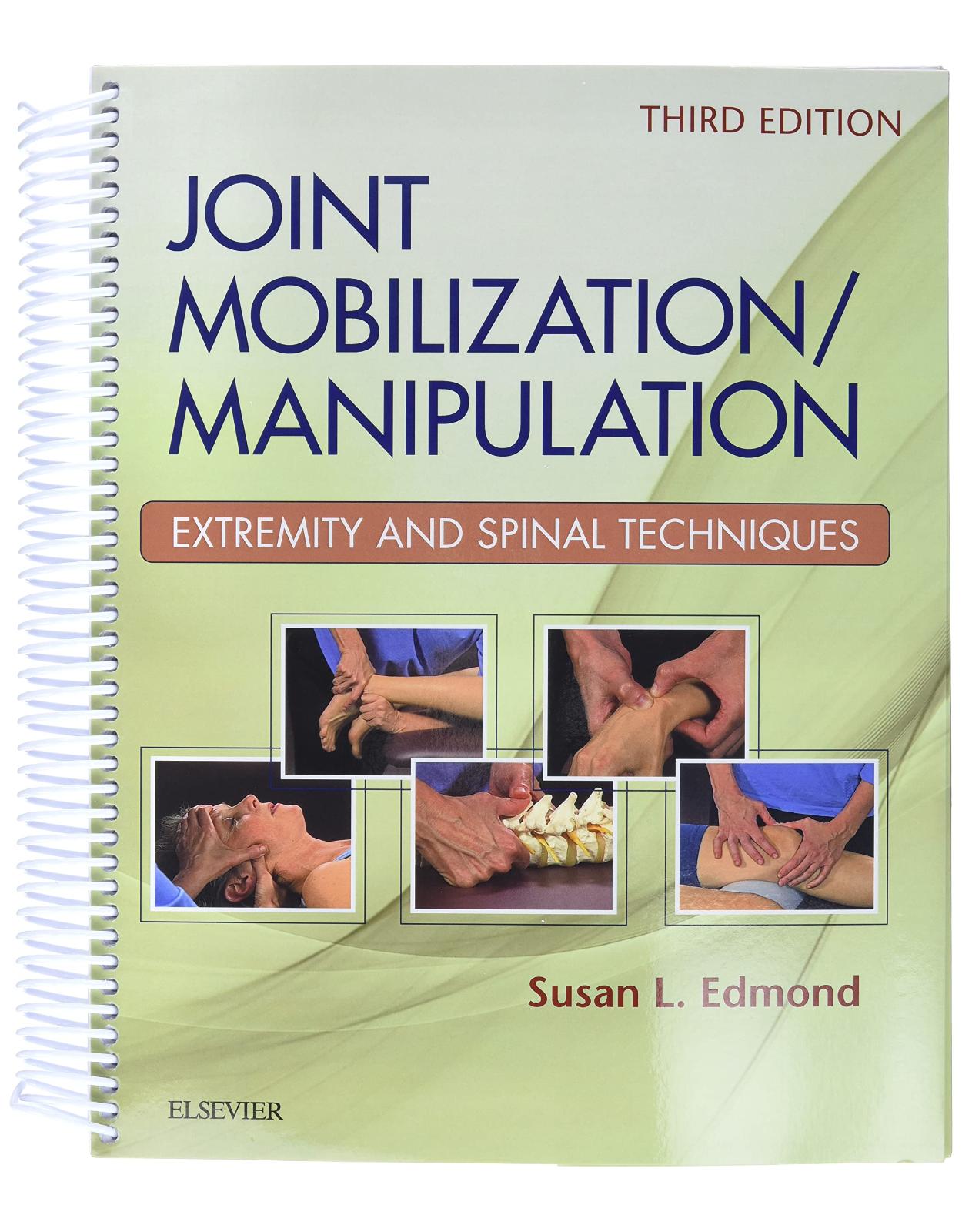
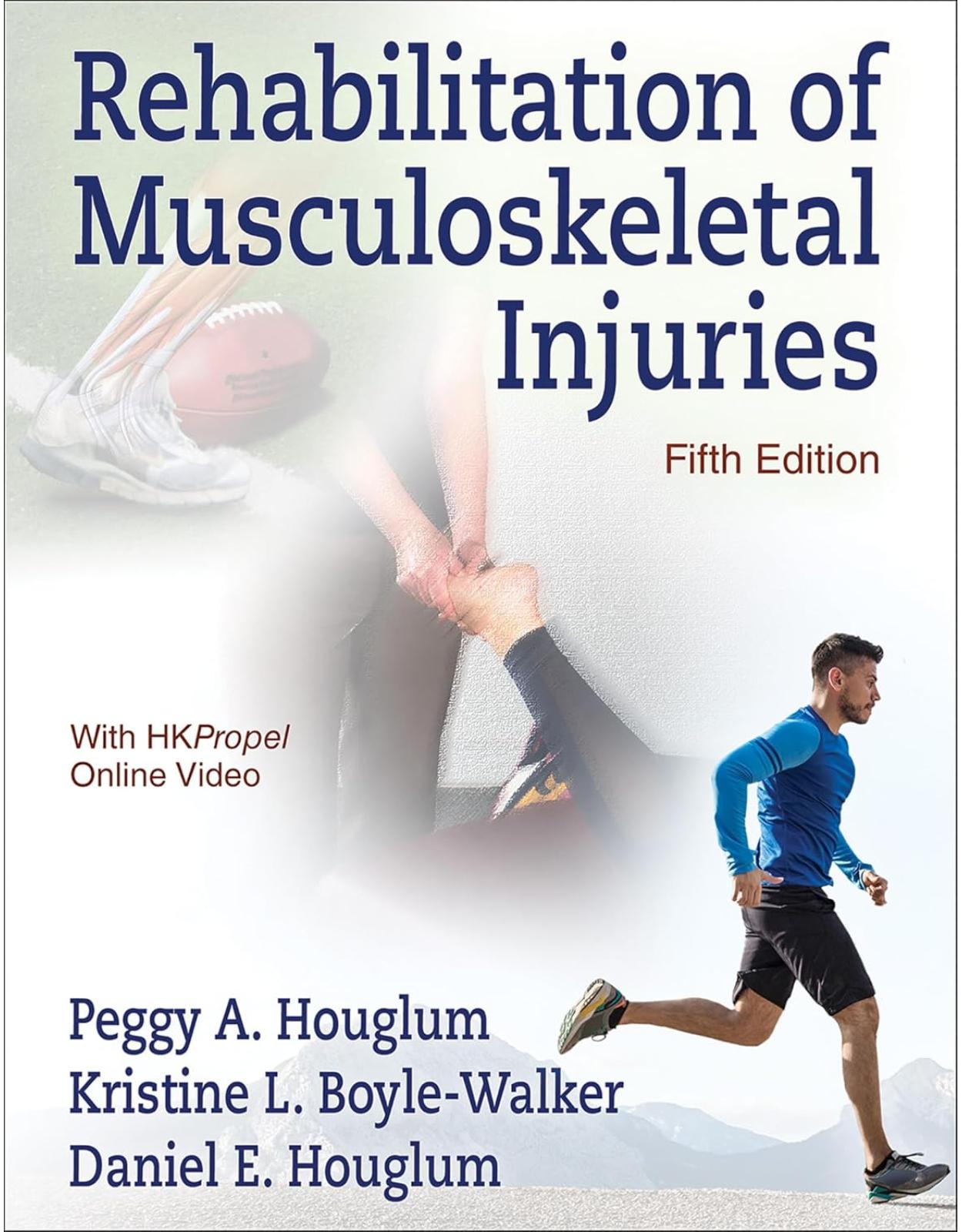
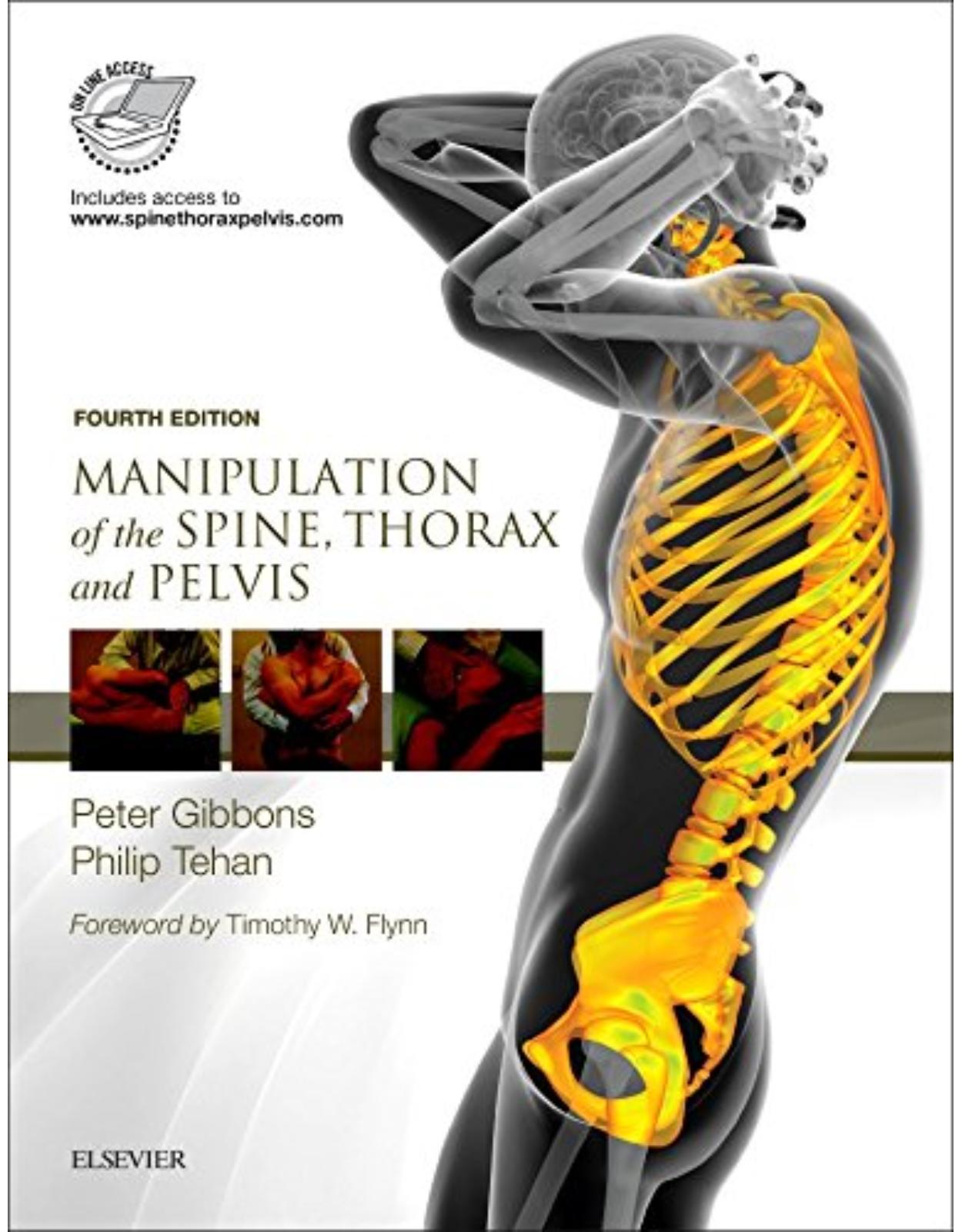
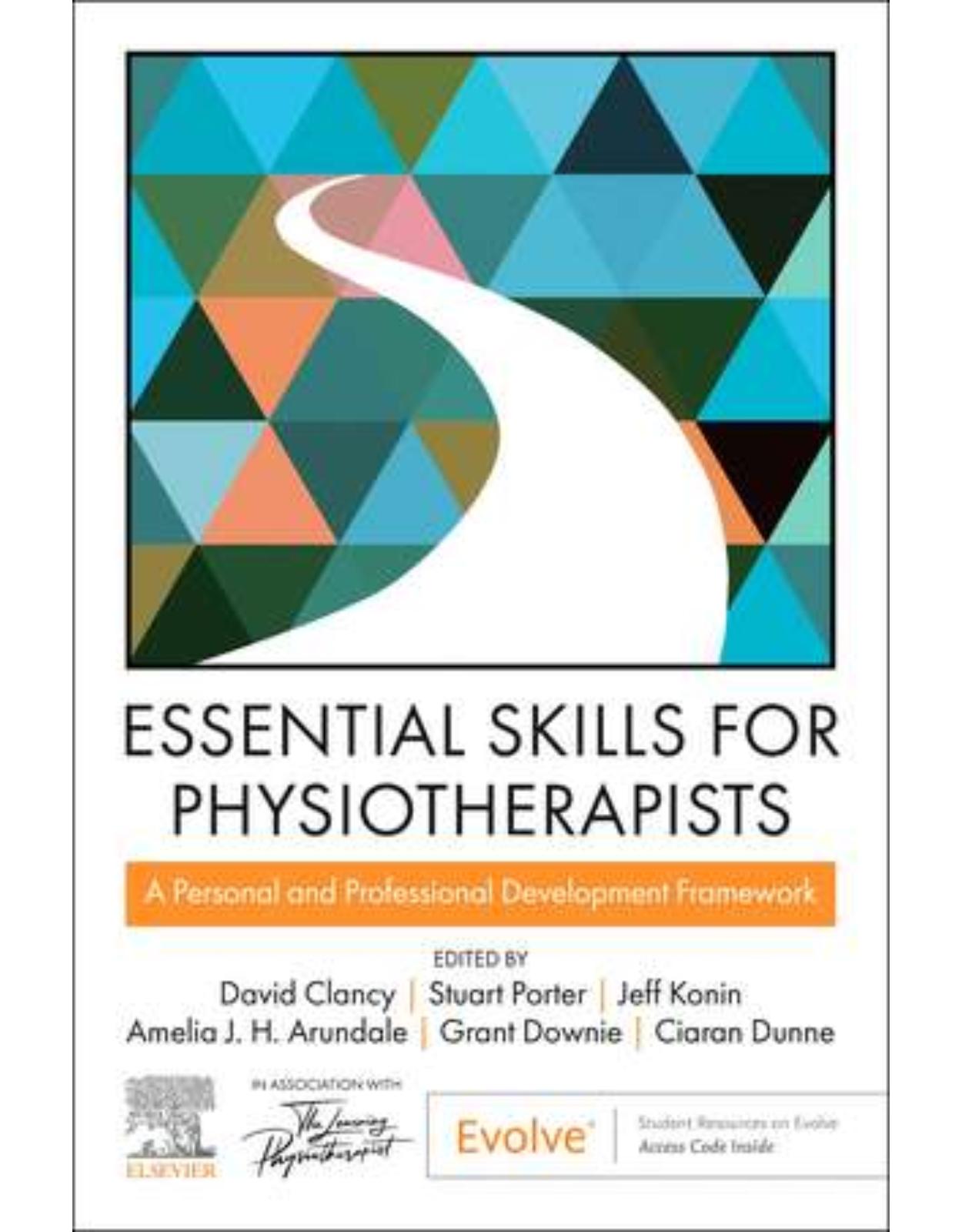
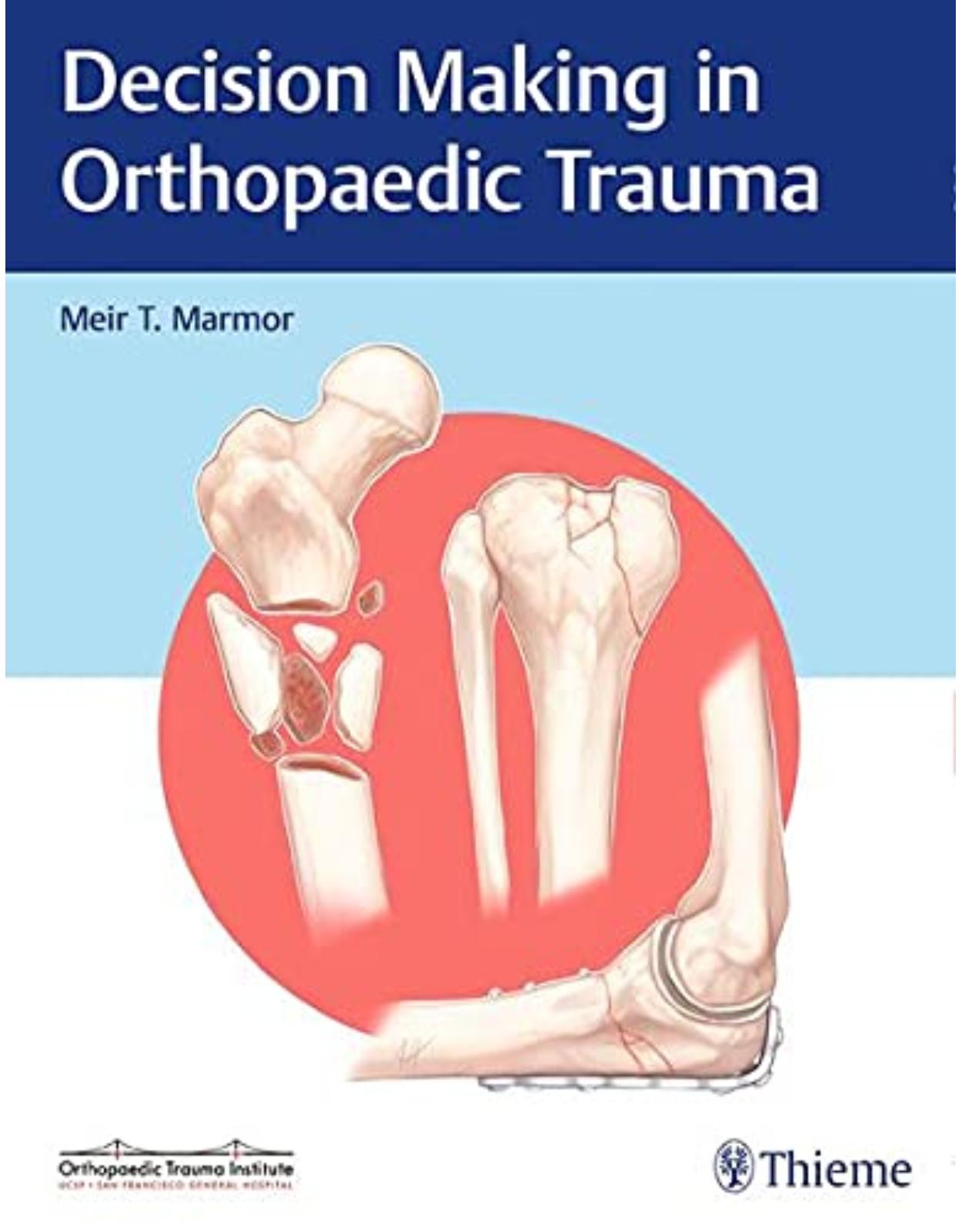
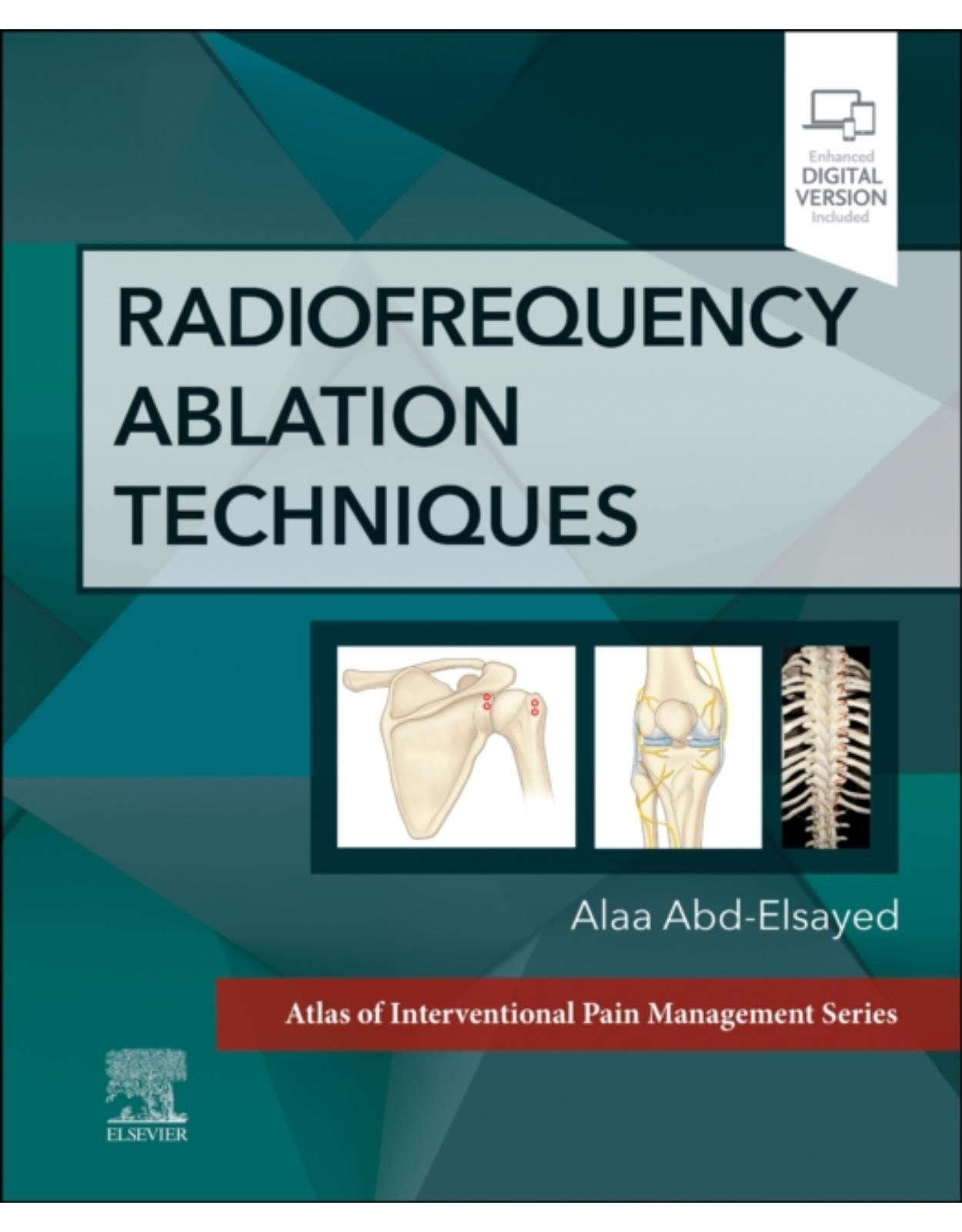







Clientii ebookshop.ro nu au adaugat inca opinii pentru acest produs. Fii primul care adauga o parere, folosind formularul de mai jos.